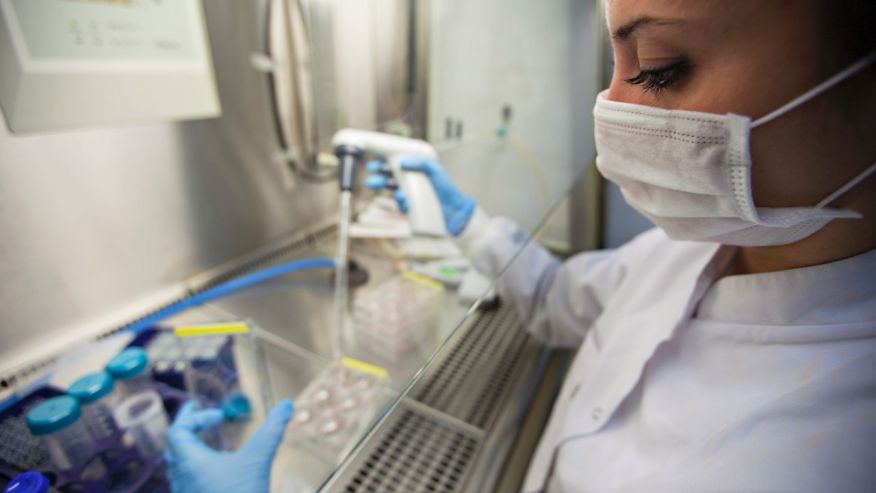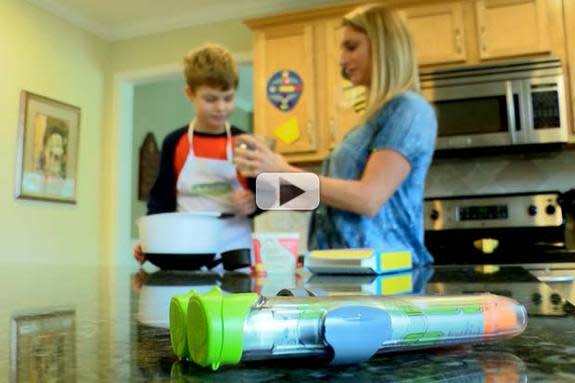Temporary Fever May Occur When Kids Under 2 Get 2 Shots at Once
 Young children who receive flu and pneumococcal vaccines at the same time are at increased risk for temporary fever, a new study reports.
Young children who receive flu and pneumococcal vaccines at the same time are at increased risk for temporary fever, a new study reports.
While parents should be told about this risk, the benefits of the vaccines outweigh the risks of fever, the researchers said.
The study included 530 children, aged 6 months to 23 months, who were followed for a week after receiving flu and pneumococcal vaccines either separately or at the same time. The annual flu shot is recommended for healthy people over 6 months of age, and the pneumococcal vaccine is recommended for children younger than 5 years old, according to the U.S. Centers for Disease Control and Prevention.
Nearly 38 percent of the children who received the vaccines at the same time had a fever of 100.4 degrees Fahrenheit or higher on the day of or the day after vaccination, compared with 9.5 percent of those who received the pneumococcal vaccine only and 7.5 percent of those who received the flu vaccine only, the investigators found.
For every 100 children, there were an additional 20 to 23 cases of temperatures of 100.4 F or higher in those who received the vaccines together, compared to those who received only one of the vaccines, the findings showed. There were also 15 additional cases per 100 of temperatures of 102.2 F or higher among children who were given the vaccines at the same time, compared to those who received the flu vaccine alone, but not compared to those who received the pneumococcal vaccine alone.
Rates of fever among the different groups of children did not differ in the two to seven days after vaccination, according to the study published online Jan. 6 in the journal JAMA Pediatrics.
“While our data suggest that giving children the influenza and pneumococcal vaccines together at the same visit increases the risk of fever, compared with getting only one of the vaccines at the visit, these findings should be viewed in context of the benefit of vaccines to prevent serious illness in young children, as well as the recognized need to increase vaccination rates overall,” study first author Dr. Melissa Stockwell, an assistant professor of pediatrics and population and family health at Columbia University, said in a university news release.
“Parents should be made aware that their child might develop a fever following simultaneous influenza and pneumococcal vaccinations, but that the benefits of these vaccines outweigh the risk of fever and, in most cases, the fever will be brief,” Stockwell said.
“For the small group of children who must avoid fever, these findings provide important information for clinicians and parents,” she added in the news release.
Study co-author Dr. Philip LaRussa, a professor of pediatrics at Columbia and specialist in pediatric infectious diseases at New York-Presbyterian/Columbia, pointed out that “these findings are a first step; the next step is to figure out if there are any measurable biological markers, such as findings in a blood sample, that are associated with increased risk of fever after vaccination.”
Source: web md












 An innovative ‘surgical patch’ that promotes rapid regrowth of tendon tissue could transform the success of shoulder repair operations.
An innovative ‘surgical patch’ that promotes rapid regrowth of tendon tissue could transform the success of shoulder repair operations.



